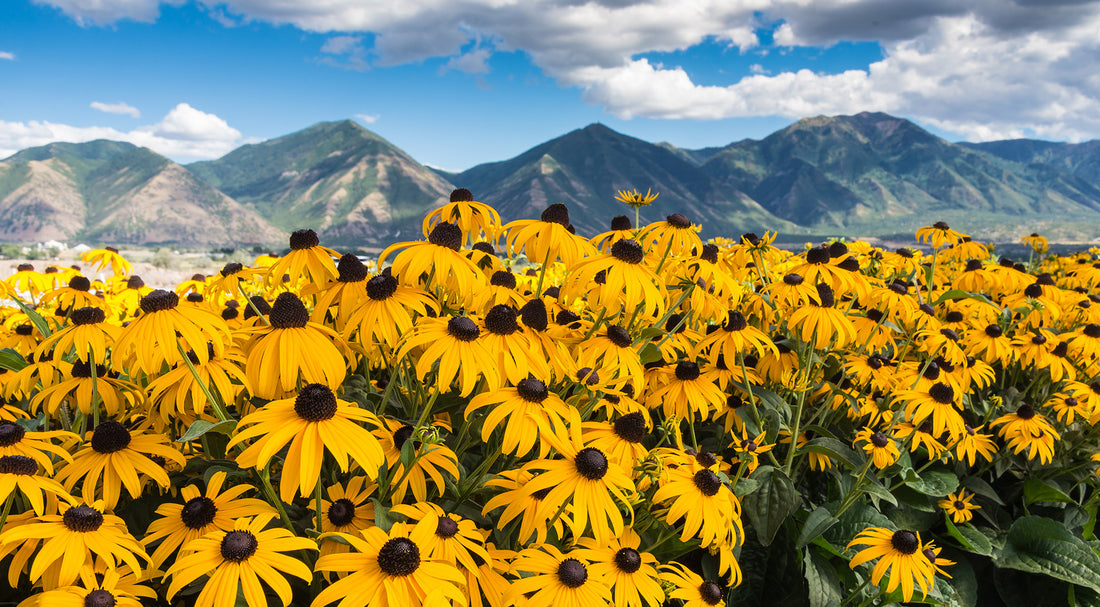What are Perennial Plants?
Perennial plants are plants that live for more than two years. They die back to the ground at the end of each growing season, but their roots remain alive and send up new growth in the spring. Some popular perennial plants include hostas, daylilies, and peonies.
Benefits of Perennial Plants
There are many benefits to planting perennial plants in your garden. For one, they offer a wide range of colors and textures, allowing you to create a beautiful and vibrant outdoor space. Additionally, perennial plants are relatively easy to care for and can be grown in a variety of conditions, from full sun to partial shade. They also provide a habitat for pollinators and other beneficial insects.
Types of Perennial Plants
There are many different types of perennial plants to choose from, each with its own unique characteristics. Some popular perennial plants include:
- Hostas: These plants are known for their large, lush foliage and come in a variety of colors and textures.
- Daylilies: Daylilies are easy to grow and come in a wide range of colors.
- Peonies: Peonies are known for their large, showy blooms and come in a variety of colors.
- Black-eyed Susans: These plants produce bright yellow flowers with dark centers and are a favorite of pollinators.
Choosing Perennial Plants
When choosing perennial plants for your garden, there are several factors to consider. These include:
- Sunlight: Some perennial plants require full sun, while others prefer partial shade.
- Soil Type: Make sure to choose perennial plants that are well-suited to your soil type.
- Watering Needs: Some perennial plants require more water than others, so make sure to choose plants that match your watering habits.
- Height and Spread: Consider the mature size of the plant and make sure it will fit in your garden space.
Step-By-Step Planting Guide
Once you've chosen your annual flowers, it's time to plant them. Here's a step-by-step guide to planting annual flowers:
- Prepare the soil: Make sure the soil is loose and well-draining.
- Dig a hole: Dig a hole that's slightly larger than the root ball of the plant.
- Add fertilizer: Add a slow-release fertilizer to the hole.
- Plant the flower: Place the flower in the hole and back fill with soil.
- Water the plant: Water the plant thoroughly.
Caring for Perennial Plants
To keep your perennial plants healthy and vibrant, it's important to care for them properly. Here are some tips for caring for perennial plants:
- Water regularly: Most annual flowers require regular watering to stay healthy.
- Fertilize: Use a slow-release fertilizer to provide nutrients throughout the growing season.
- Deadhead: Remove spent flowers to encourage the plant to produce more blooms.
- Prune: Prune back leggy or overgrown plants to encourage bushier growth.
Best Perennial Plants for Your Garden
There are many beautiful perennial plants to choose from, but some are more well-suited to certain growing conditions than others. Here are some of the best perennial plants for different types of gardens:
- Full Sun: Black-eyed Susans, coneflowers, and lavender
- Partial Shade: Hostas, ferns, and astilbes
- Containers: Sedums, heucheras, and grasses
Conclusion
Perennial plants are a great way to add color and vibrancy to your garden year after year. By following these tips for choosing, planting, and caring for perennial plants, you can create a stunning outdoor space that will be the envy of your neighbors.
Have you planted annual flowers in your garden before? Find more guides like this to help you in your gardening adventure! And don't forget to share this guide with your friends who love gardening!

